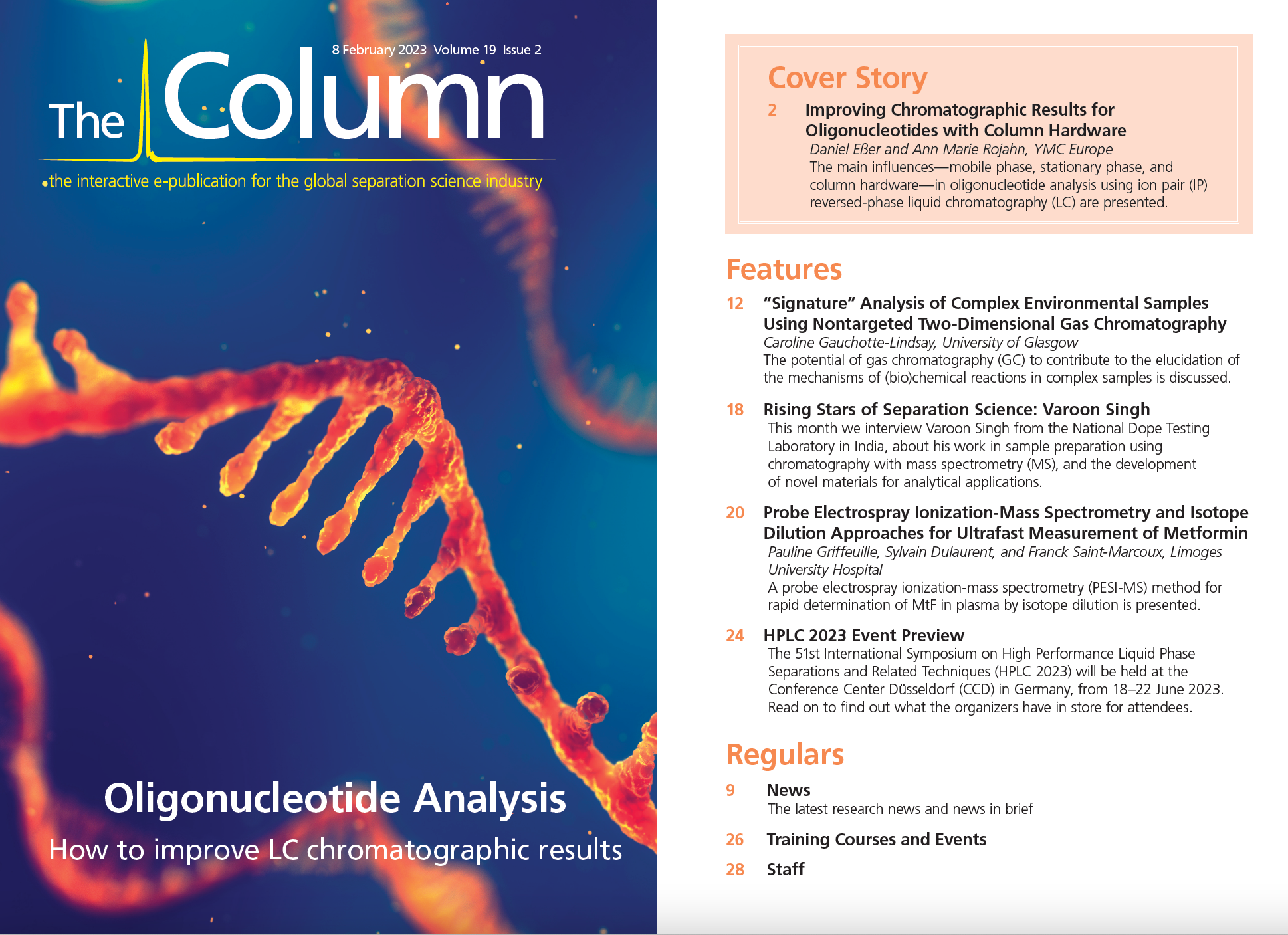HPLC 2023 Grant Support
The EuChemS-DAC Sample Preparation Study Group and Network will support one European PhD student working in sample preparation research by covering their early registration fees for HPLC 2023, due to be held 18–22 June in Düsseldorf, Germany. To apply for this grant, applicants must:
(i) send a copy of their submitted abstract and give the type of preferred presentation (oral or poster);
(ii) send a detailed resume;
(iii) include a recommendation letter from their supervisor.
All information must be collected and emailed to sampleprep@tuc.gr by 20 March 2023. The subject line of the email must state: Application for HPLC2023 student grant.
Applicants must not have received another grant from EuChemS-DAC Sample Preparation Study Group and Network during 2022, nor applied for another 2023 PhD grant to the Network.
For further information on the HPLC conference, programme, and venue please visit: https://www.hplc2023-duesseldorf.com/


.png&w=3840&q=75)

.png&w=3840&q=75)



.png&w=3840&q=75)



.png&w=3840&q=75)














